Mr. Nguyen Minh Son, Director of the Department of Agriculture and Environment, affirmed: The viewpoint of developing Quang Ninh's fisheries aims to continue to realize Decision 389 dated April 9, 2024 of the Prime Minister on "Approving the planning for protection and exploitation of aquatic resources for the period 2021-2030, with a vision to 2050". Above all, Quang Ninh aims for responsible, sustainable and high-value fisheries exploitation.
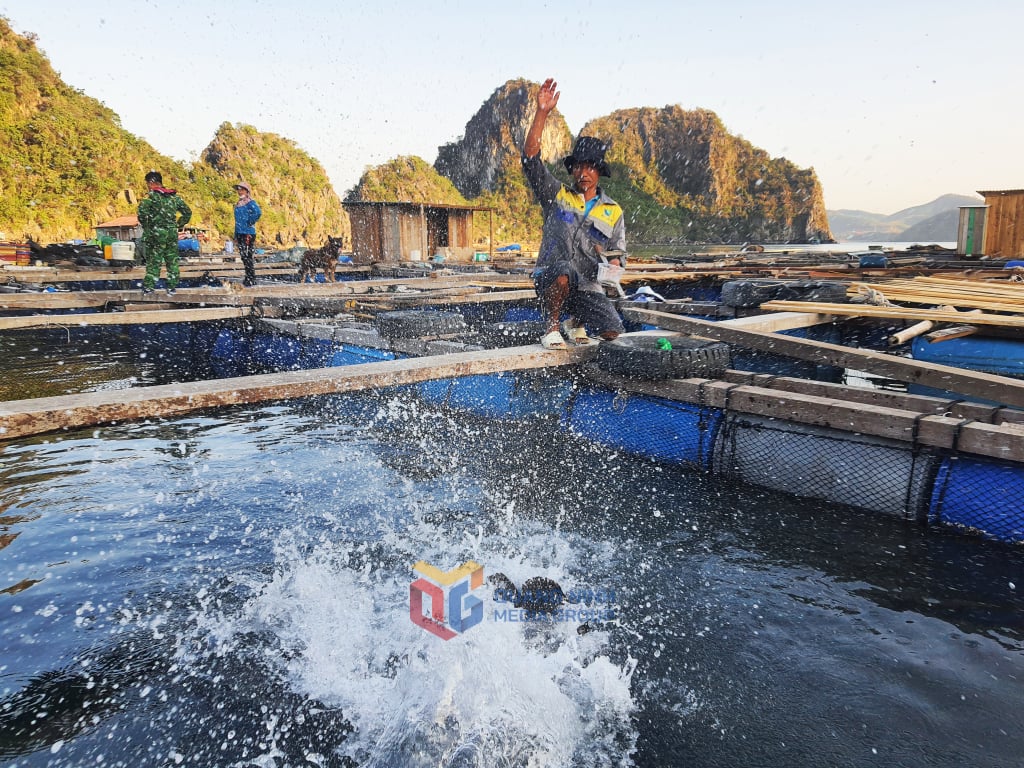
It can be seen that over the past decades, Quang Ninh has reorganized fisheries exploitation, restructured the fisheries exploitation fleet in the direction of rapidly and sustainably reducing the fishing fleet operating in coastal areas, reasonably developing and modernizing the offshore and inshore fleet to ensure reasonable exploitation of aquatic resources and the ability to self-recover aquatic resources.
In 2011, Quang Ninh still had nearly 8,000 nearshore fishing vessels, of which over 7,000 were under 20CV. Determining the need to quickly reduce coastal fishing vessels, from this point on, the province did not issue documents approving the construction or conversion of fishing vessels with a capacity of less than 30CV for all fishing activities at sea. Thanks to that, 5 years later, Quang Ninh had nearly 1,300 coastal fishing vessels. By February 26, 2025, the entire Quang Ninh province still had nearly 5,500 other coastal fishing vessels, of which there were almost no fishing vessels with a capacity of less than 30CV. According to the plan, by 2030, Quang Ninh strives to reduce the number of coastal fishing vessels to 4,000.
Along with reducing coastal vessels, Quang Ninh has developed a fleet of fishing vessels for offshore and inshore areas. Currently, the province's offshore fleet is 749 vessels (12m or longer), of which 266 vessels are over 15m long. Many fishing vessels for offshore and inshore areas have been boldly built by fishermen with large capacity of 680-750CV, applying modern science and technology to detect and select fishing objects, preserve products after harvest, warn of weather developments... thereby confidently expanding to exploit both offshore and inshore areas, large fishing grounds, with areas adjacent to the Gulf of Tonkin and shared fishing areas with foreign countries.
Quang Ninh province is the pioneer in the country in banning some occupations that have negative impacts on marine resources and environment such as dredging for molluscs (clams, oysters, etc.) in coastal waters; net fishing (also known as folding cages, octagonal cages) in coastal waters, natural waters in estuaries and inland waters (except for exploitation in lagoons or ponds); diving in all forms; bottom-driving, and te xiep fishing in coastal waters, estuaries and inland waters; banning small boats from developing shrimp trawling... Through practical implementation, some types of banned occupations have been thoroughly handled such as diving using cyanide, sầm biển; sharply reducing bottom-driving, trawling combined with electric pulses, te xiep fishing. The province has gradually converted fishing vessels operating in coastal waters, vessels engaged in banned occupations to aquaculture and other occupations, in which reviewing and prioritizing groups of vessels and occupations that need to be converted.
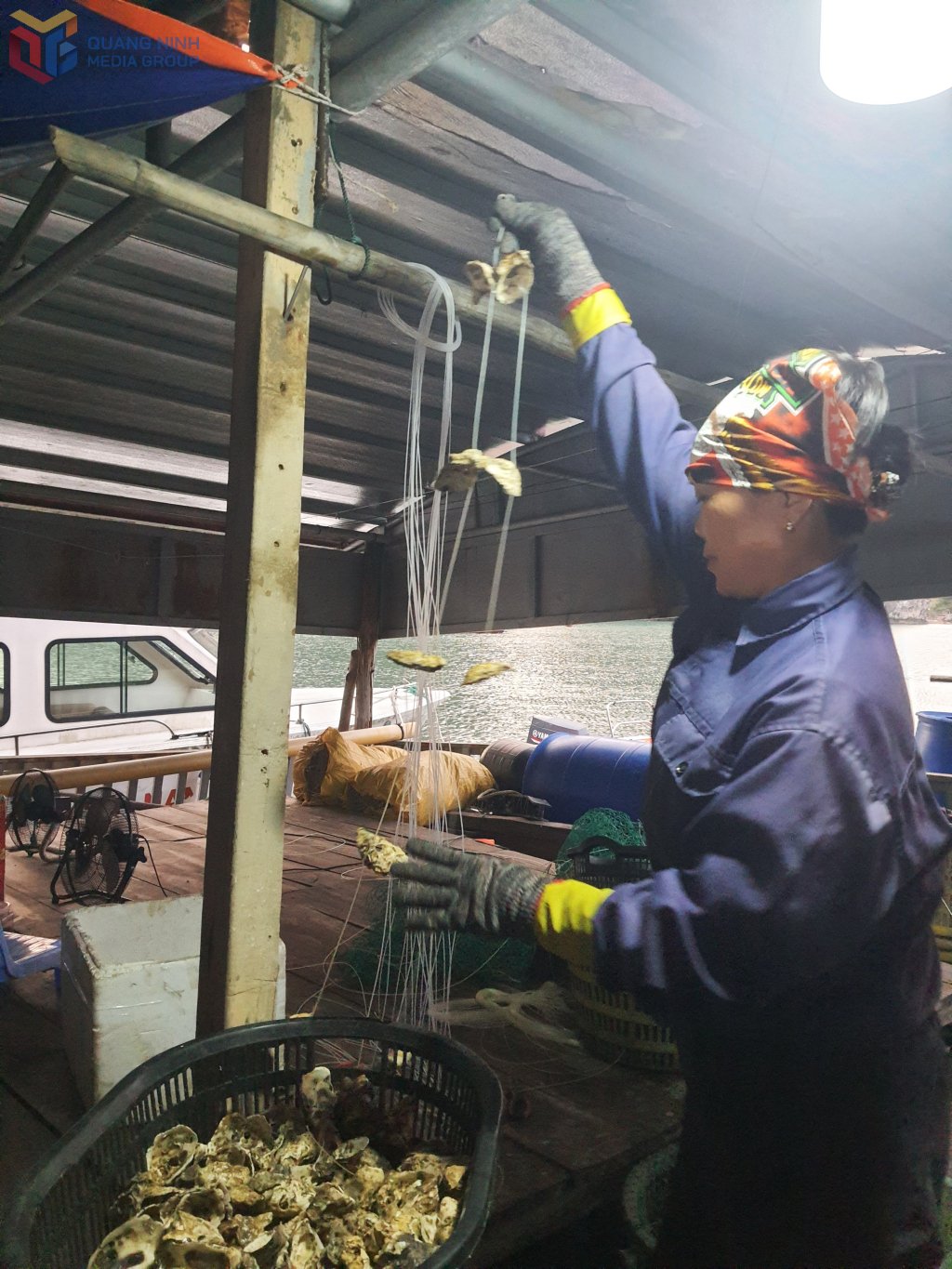
Since 2015, Quang Ninh has established two areas where fishing is prohibited, namely the World Heritage Site in the center of Ha Long Bay and the strictly protected area and ecological restoration area in Bai Tu Long National Park to protect the coral reef ecosystem, seagrass beds, mangrove forests, and spawning grounds. The province has also established areas where fishing is prohibited for a limited period, such as the Co To archipelago (banned from April 1 to June 30 every year) and natural sandworm grounds in the province (banned from June 1 to July 30 every year), and has established 15 areas to protect the resources of 10 endemic aquatic species. Every year, on the Traditional Day of the Vietnamese Fisheries Industry, units and localities simultaneously carry out fish seed release activities to regenerate aquatic resources.
Continuing to create growth for the aquaculture industry, Quang Ninh is currently focusing strongly on the aquaculture sector in general and marine aquaculture in particular. The province has issued standards for the use of materials for making buoys; ensuring environmental hygiene in brackish and salty aquaculture cages. There was a time when 6.1 million foam buoys were used in Quang Ninh aquaculture, but up to now, 98.5% of the floating materials have been replaced and converted.
Currently, Quang Ninh has planned over 45,000 hectares of sea and coastal areas for aquaculture, including 23,875 hectares within 3 nautical miles, 13,031 hectares from 3 to 6 nautical miles, and 8,240 hectares beyond 6 nautical miles. In April 2024, Quang Ninh organized the Quang Ninh Sustainable Marine Aquaculture Development Conference to attract and promote investment from businesses and marine aquaculture. Here, Quang Ninh is the first locality in the country to grant aquaculture licenses to 6 cooperatives and enterprises. By the end of 2024, the province's inland aquaculture area will be about 32,092 hectares, and marine aquaculture about 10,200 hectares. The province has 11,252 aquaculture facilities, an increase of 7.4% over the same period in 2023. Most aquaculture facilities have been assigned marine areas for long-term development.
The province is also arranging the sea area to attract enterprises with financial potential, science and technology to invest in developing modern industrial marine aquaculture with an area of 13,400 hectares, of which, there are enterprises and cooperatives that have proposed research with an area of nearly 12,000 hectares. The province's marine aquaculture viewpoint is based on environmental carrying capacity. Specifically, in the 3 nautical mile area, the scale and density of aquaculture will be reduced. The marine aquaculture area from 3 to 6 nautical miles will be based on environmental carrying capacity, aiming to develop industrial marine aquaculture, and the area beyond 6 nautical miles will invest in large-scale, high-tech marine aquaculture.
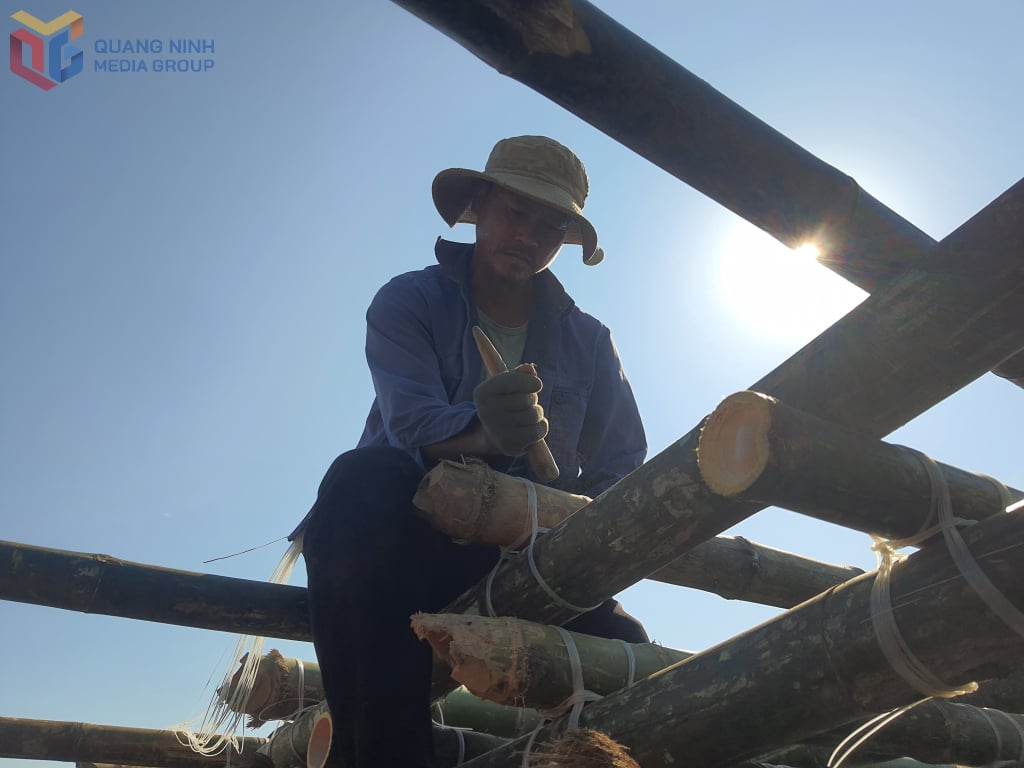
From the right shift, Quang Ninh's aquatic product output is always higher year after year, in which the output of aquaculture tends to be higher than the output of exploited aquatic products. In the first quarter of 2025, the total aquatic product output is estimated at over 36,082 tons, exceeding the plan by 3.5%. Aquaculture has become a key economic sector, the "backbone" of the agricultural economy. It can be seen that from mastering the sea as Uncle Ho instructed, Quang Ninh has preserved, protected and promoted the value of the sea, contributing to making the people rich and the province strong from the sea.
Source: https://baoquangninh.vn/ngu-dan-quang-ninh-huong-bien-de-giau-manh-3353172.html




![[Photo] Mass parade to celebrate 50 years of national reunification](https://vphoto.vietnam.vn/thumb/1200x675/vietnam/resource/IMAGE/2025/4/30/825e459ee2f54d85b3a134cdcda46e0d)
![[Photo] Panorama of the parade celebrating the 50th anniversary of the Liberation of the South and National Reunification](https://vphoto.vietnam.vn/thumb/1200x675/vietnam/resource/IMAGE/2025/4/30/affbd72e439d4362962babbf222ffb8b)
![[Photo] "King Cobra" Su-30MK2 completed its glorious mission on April 30](https://vphoto.vietnam.vn/thumb/1200x675/vietnam/resource/IMAGE/2025/4/30/5724b5c99b7a40db81aa7c418523defe)
![[Photo] The parade took to the streets, walking among the arms of tens of thousands of people.](https://vphoto.vietnam.vn/thumb/1200x675/vietnam/resource/IMAGE/2025/4/30/180ec64521094c87bdb5a983ff1a30a4)


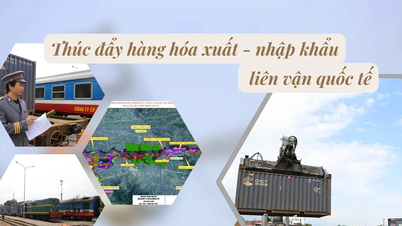

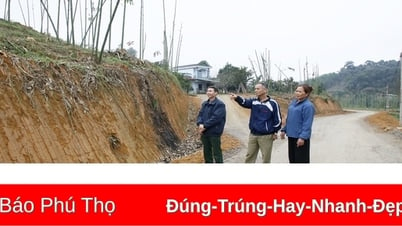
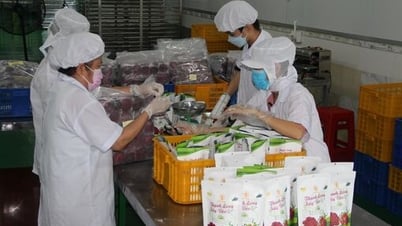






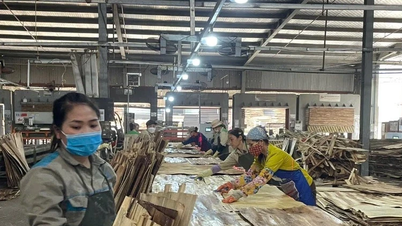
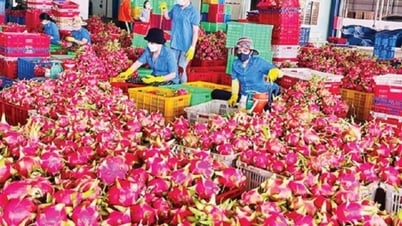
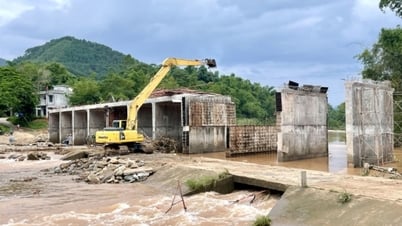

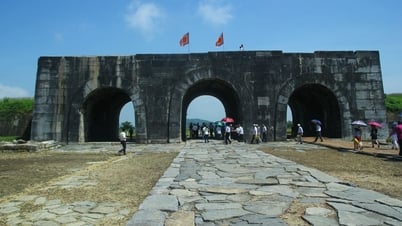



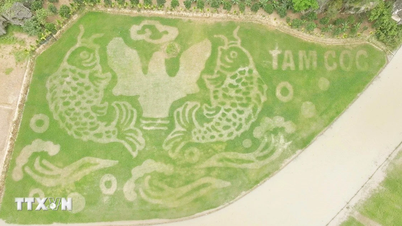











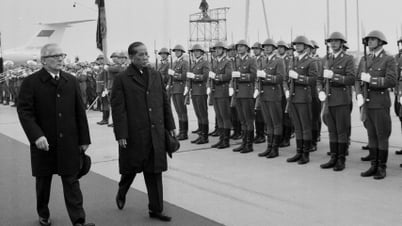































![[Photo] Soldiers work through the holidays to help people build houses in Sang Ma Sao](https://vphoto.vietnam.vn/thumb/402x226/vietnam/resource/IMAGE/2025/4/30/717906518e374fbeb2001b711cc964e6)




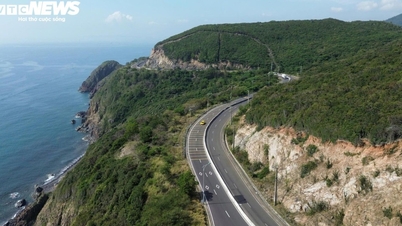














Comment (0)